Since 2007, when it released the first installment of the sordid survival horror series Penumbra, and especially since 2010, when Amnesia: The Dark Descent reduced first-generation YouTube gamers to a puddle of tears, independent Swedish studio Frictional Games has been making incomparable horror games.
Other modern horror games sometimes offer guns to tranquilize anxiety, like Resident Evil Village, or extraordinarily despicable monsters to make fear the obvious answer, like in Outlast, but Amnesia prefers to paralyze you slowly before you can really sense what’s happening. The upcoming fourth Amnesia game, Amnesia: The Bunker, keeps the series’ snake bite properties but aims to puncture deeper through its unpredictable, sandbox semi-open world.
The Bunker, planned to release May 23, will elevate its horror by making players feel like “the storyteller, living through [the events of the game] instead of being the character in some pre-scripted scenario,” Frictional Games co-founder Thomas Grip told me over a video call. It’s more concerned with establishing this malleable play experience than announcing itself as the fourth Amnesia game through hidden lore or narrative threads.
“How can it be a horrific, surreal experience when I go, ‘Oh, I know this character. Oh, yeah! They’re doing this thing again!’” Grip says derisively.
Like other Frictional titles, The Bunker operates as a “first-person horror [game] where you’re hunted by some sort of creature and you’re trying to not die,” Grip says. But its core counters the narrative focus of the last Amnesia game, Rebirth, released in 2020. “We felt like, [in] releasing Rebirth, there was a lot of emphasis on just getting the story together, and we were interested in seeing ‘Can we do, like, a shorter, more focused project?’” Grip says. “Then [Bunker creative lead] Fredrik [Olsson] had the idea, ‘Well, let’s just make it one monster, a gun, World War I.’”
In the game, you are French soldier Henri Clément, trapped in a stifling WWI bunker with only a revolver, a dying generator, and scattered crafting items to fend off the skulking monster always on the edge of attack.
Like the first Resident Evil, Grip says, where “you’re in the house, then you unlock new areas, but you always go back to the room that you started in,” in Bunker, you “start in the bunker, you end in the bunker.”
But, despite being a compact game, The Bunker is made pliant through randomization, which affects aspects of the game like item location and the ways you’ll try to escape the game’s partially open world. If there’s a locked door, for example, “there’s many ways to open that locked door,” Grip says. “We’re not holding your hand. Because of the randomness, [even the game’s developers] don’t know the best way of opening the door.”
The Bunker operates with a psychological emphasis that Grip wishes more horror games had.
“Horror, for me, is a safe space where you bring up really disturbing stuff, but it’s sort of okay to digest it in a way that would be [otherwise abnormal].” He brings up the 2005 David Slade movie Hard Candy, where a 14-year-old goads a sexual predator into suicide. It’s very “hard to watch, but you can do it because it’s a horror movie.”
“I like to make Horror with a capital ‘H’ instead of a horror game,” he continues. A horror game is successful when dread is so inextricably linked to gameplay, Grip says, separating them would be as inconceivable as removing all guns from a shooter.
So horror gets set into The Bunker’s bones, aided by its simple but oppressive environment.
This no-frills scary is another way The Bunker diverges from past Frictional titles, particularly the 2015 sci-fi survival horror Soma, which has such a strange, underwater environment, Grip says, that “people were using all their brainpower” to decipher where they were. That’s a Frictional-favorite type of “scariness where players do most of the work,” he says, but Bunker preys on instinct: “It’s dark. You have to get out. Those sorts of simple setups are one of the key aspects to [The Bunker’s horror].”
Instinct is partially what compels Grip to horror in the first place. When I ask, he tells me he isn’t necessarily inspired by any specific piece of horror media, but instead by the “interesting questions” they make him think of.
To Grip, Horror provides “ways for us to deal with deeper questions that we have,” like how ghosts are misty answers to the mysterious afterlife. Or the way horror pushes us to consider other uncomfortable, but less expected questions like “‘What if you were trapped in a room like this?’” he says.
“What if this happened to me?” he starts to wonder, viscerally. “What do I feel about this?”
He tries to capture how probing horror can be by not fixating on certain monsters in his games, but rather by evoking feelings, even those you can’t quite name. And because of its unpredictable world design, The Bunker seems prime for getting players to consider the most awful questions and their equally awful associated feelings.
“You always have to think twice because you never know which door is going to be booby-trapped, where the monster is going to pop out,” Grip says about The Bunker. “That’s very new [to Amnesia games],” and “its [requirements] are a bit different in terms of testing. Normally, we’d have a section where we say, ‘This is the second encounter section.’” But because of Bunker’s sandbox design, “everything is a potential encounter section.”
That should improve its replayability. “There are many ways to [navigate the bunker], and the game is also not that long, like four-to-six hours. So hopefully you feel like there are things you could have done, places you could have visited,” Grip says. “I’m hoping from a purely commercial aspect that that’s the case, but I think [replayability] also is very connected to the experience we’re trying to achieve,” he continues. “Players should […] explore the game in an organic way and not be afraid to experiment.”
Grip believes that a good horror game, like a good horror movie, should nail its peculiar, foggy atmosphere. But it also needs to master interactivity, something specific to video games, “in a way where it feels natural.”
“Say that you have a knife and the player needs to pick it up and put it elsewhere,” he says. A keen developer should position the knife “in a way that the player is likely,” though not guaranteed, “to drop it. Then the player drops it, and knows it was their fault for dropping this object. Then it makes a sound, and [the player hears] a monster and is like, ‘Fuck, I screwed up.’”
But it’s inevitable that some players restrain themselves from using “interactivity to the fullest,” Grip says.
“This is the craziest thing about horror: you’re willingly subjecting yourself to this.” This unintelligible adrenaline craving can lead to one of two player reactions, Grip says, either “I’m scared, and I’m having a good time,” or “I’m scared, and this is so frustrating.”
Because players are, by definition, participants, horror developers need to be “a bit kind to them” by providing more options during play, Grip says.
“If they’re so scared they’re not willing to explore everything [in a game], I mean, that’s great. That’s natural. But if [that hesitation] is constant over several hours, where players are just running from one end, or slowly creeping through another, that’s not going to be fun.” Gameplay should account for both hesitant and bolder players.
But, ultimately, players’ personal tolerance for fear matters as much as a horror developer’s attentiveness. And if a player is truly set on staying petrified, developers should embrace it, Grip says.
“I’m still extremely proud of having reviews of the original Dark Descent where players are like, ‘Five minutes. That’s all I can take. I’m never playing this game again,’ which is extremely bad user retention rates,” he says. “But, for the game we’re making, that’s good PR.”
He doesn’t shy from other negative emotions either.
He recalls receiving feedback from an early Soma tester who says a character’s backstory made the game “meaningless.”
“‘Oh, a negative emotion! How wonderful!’” Grip thought in response. “They’re actually experiencing something, they’re having an emotional response to something fictional.”
Through its fluid player experience, Bunker creates opportunities for a rainbow oil spill of emotional responses. More so than in past Frictional games, in which developers “unwillingly reduced gameplay and agency for players,” Grip says.
With The Bunker, the studio wants to “really bring back and dial up [agency] even more than we have in the past, with the game’s randomness, and so on,” he continues. “My hope is that players will feel that openness,” sharing a “holistic experience, even if their playthroughs are wildly different.”
“If that’s the game’s legacy, then I’m really happy,” he says.

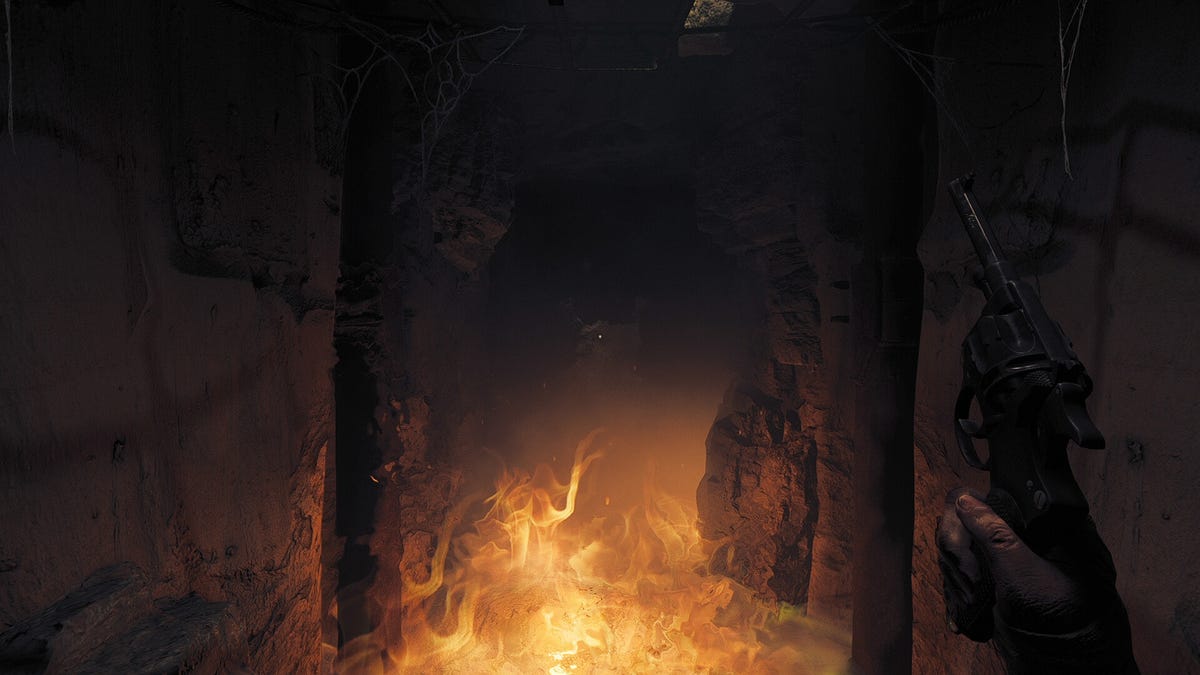
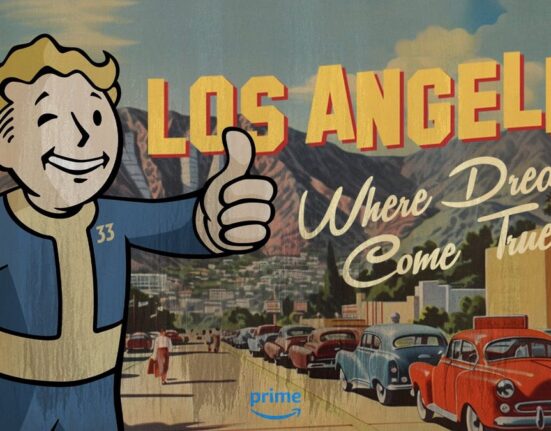
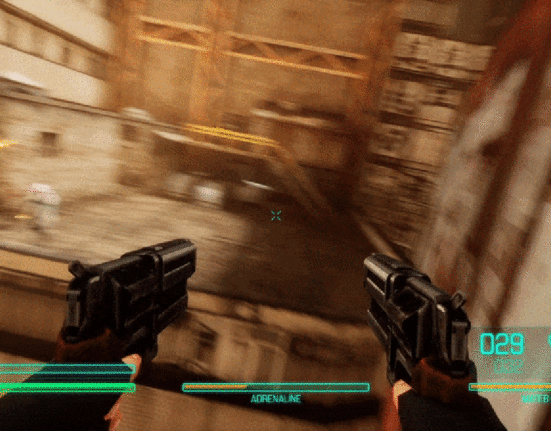
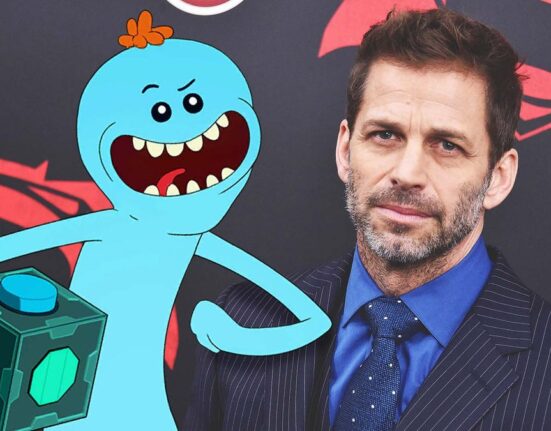
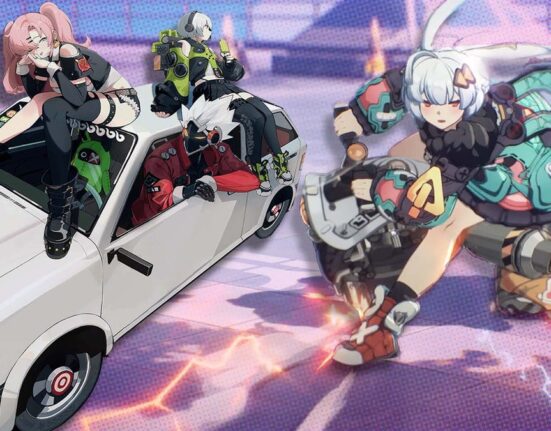
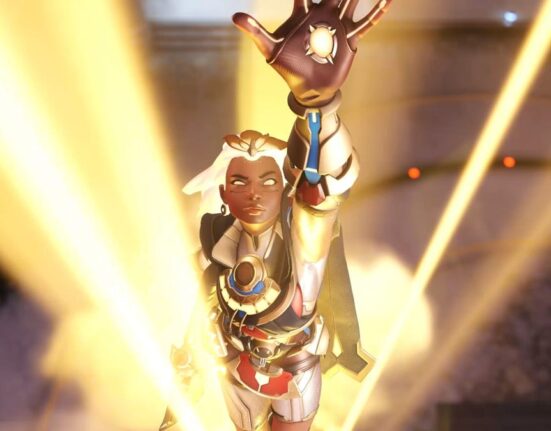
Leave feedback about this